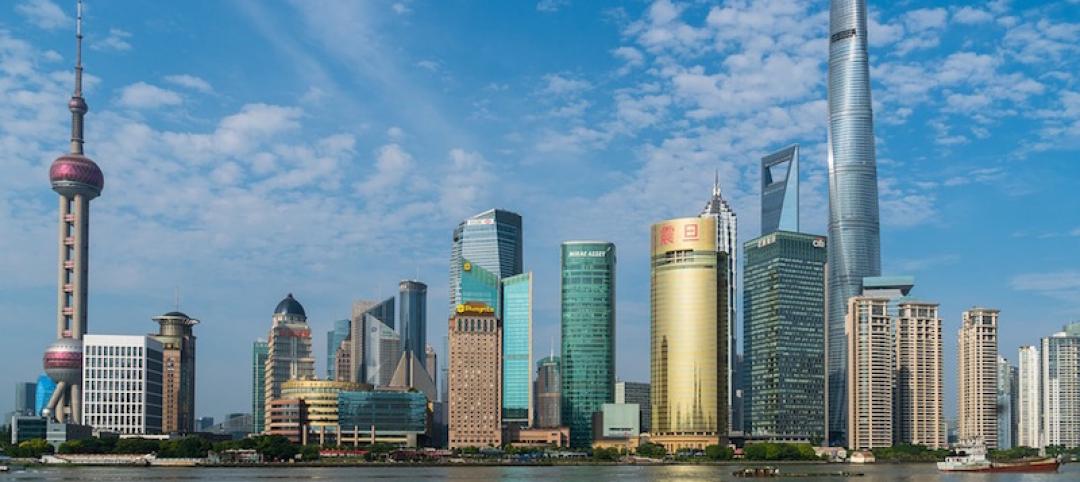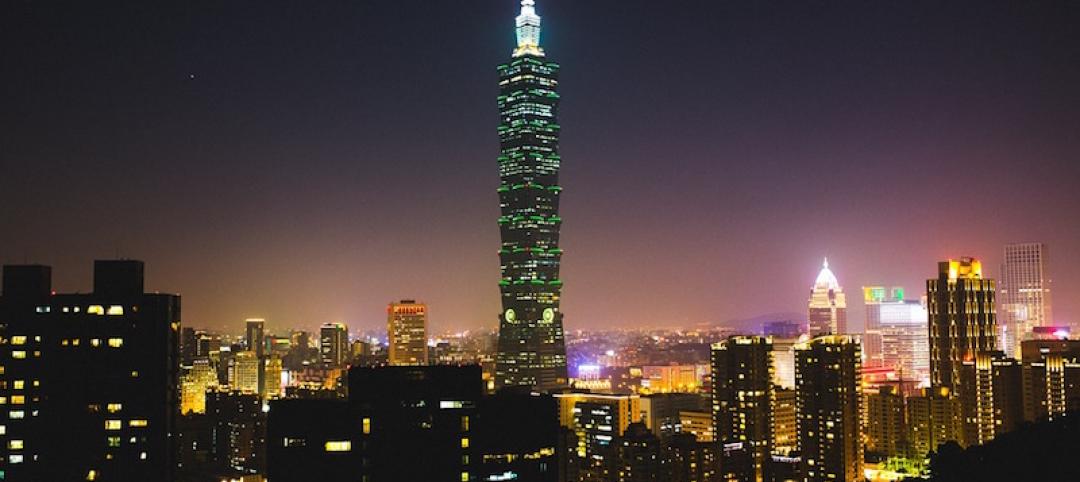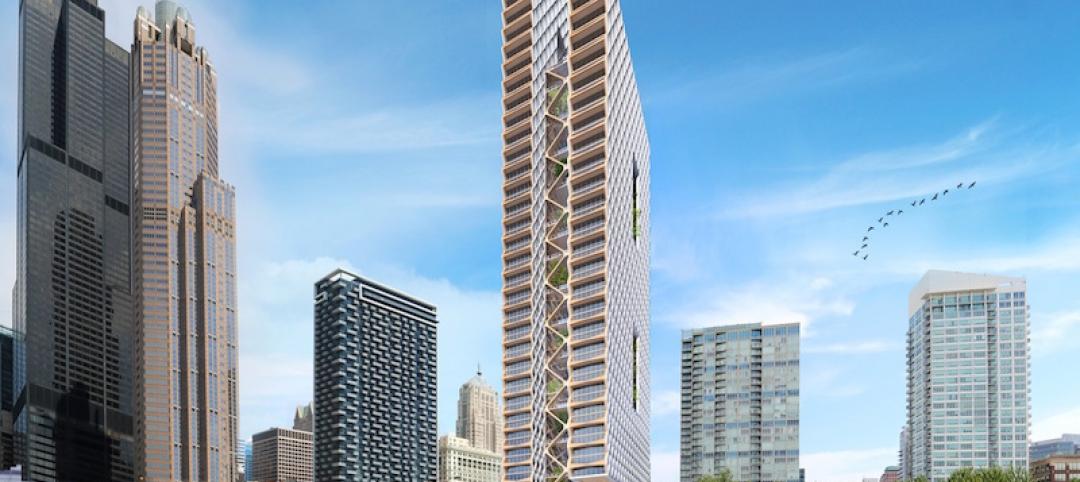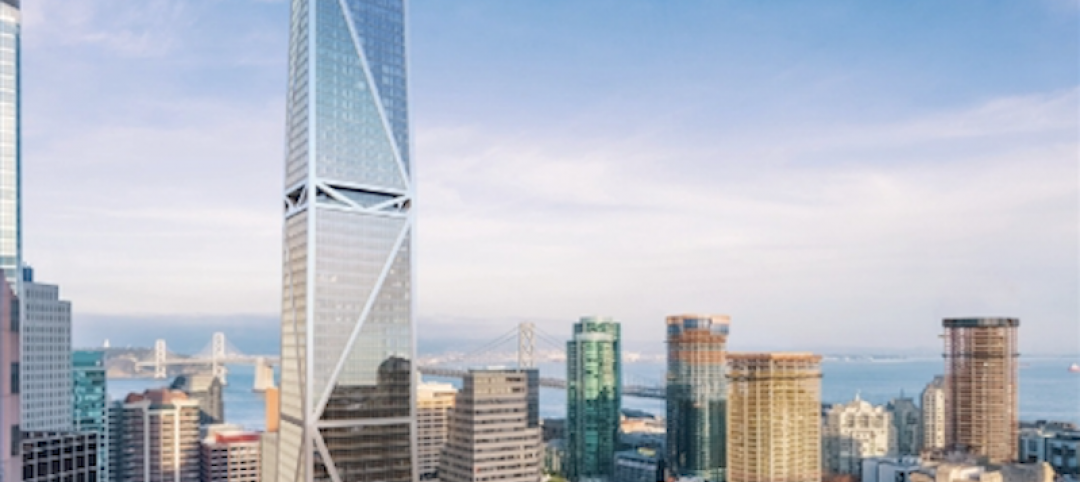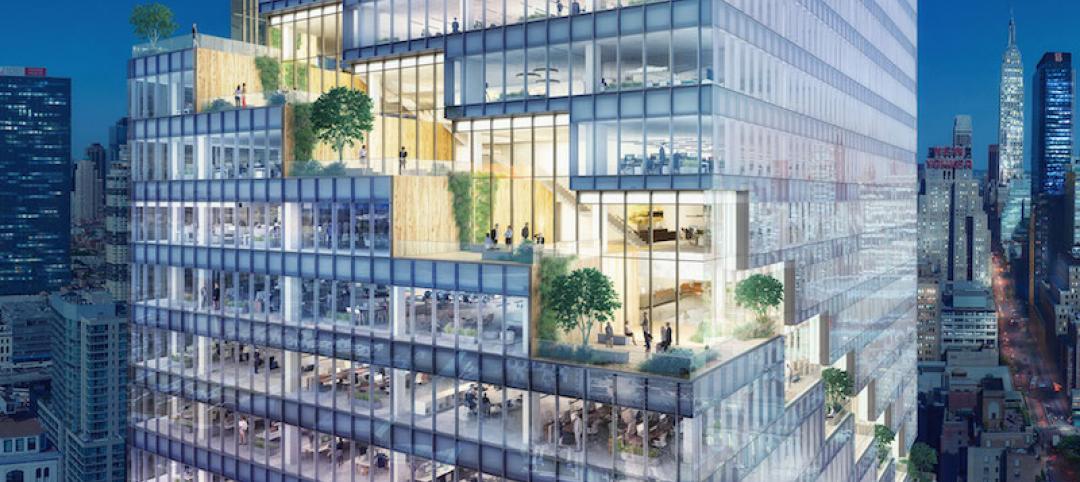Below is a list of month-by-month predictions from the Council on Tall Buildings and Urban Habitat. The predictions are based on the Council’s industry intelligence and attempt to show possible trends and milestones that will shape the industry in the coming year.
January
Prediction - Ping An Finance Center Completes in time for Chinese New Year, heralding a year characterized by the completion of several iconic, long-gestating supertall towers.
Perhaps due to the accelerated pace of development on the world’s tallest towers, it is often easy to forget the immense difficulty of actually building these structures, leading to greater uncertainty with regard to completion timelines. With deference to that, the Council predicts that Ping An Finance Center will complete in January, the first in a line of long-gestating supertalls that are poised to open in the coming year. Astute readers will recognize that a similar prediction was made for April 2016, a reminder that developmental timelines are always subject to change.
February
Prediction - Tencent Seafront Tower demonstrates a new office typology for digital and tech companies and offers new potential for skybridges in tall buildings.
Across the globe, tech companies are embracing the tower format as a way to bring their businesses to the heart of the world’s cities. When Tencent Seafront Towers completes in 2017, it will masterfully incorporate the benefits of the suburban corporate campus in a high-rise typology, thereby offering a blueprint for the growing transition towards urban tech headquarters. In addition, multi-story bridges linking the towers offer employee amenities and improved circulation, serving as formal and informal meeting spaces to drive connections between disparate employee cohorts.
March
Prediction - Dubai’s Marina 101 completes after an extended construction period, further reinforcing the new mixed-use plurality currently represented in the list of the world’s 100 tallest buildings.
After an 11-year construction process, Marina 101 will finally complete in March to become the world’s tallest concrete tower. More significantly, it adds another mixed-use building to the world’s 100 tallest, further skewing the list, once dominated by office towers, towards multi-use structures. This long-term shift is emblematic of changing design philosophies, which favor incorporating a variety of needs on a single site, thereby improving the surrounding urban habitat.
April
Prediction - Crowdfunding emerges as a viable development option through the delivery of BD Bacata tower in Bogota, Colombia.
Economic feasibility is often the largest determinant of whether a skyscraper gets built. BD Bacata Tower has revolutionized that process by proving the capability of crowdfunding as a viable developmental option. When it completes in April, the Bogota skyscraper will be owned in part by 3,500 investors, who together hold a $220 million stake in the project. The success of this model creates new possibilities for skyscraper development, particularly in areas unlikely to see investment by major institutional sources.
May
Prediction - Development of tall buildings remains strong in London despite skyline debate and Brexit fears.
2017 is poised to be another strong year in London’s skyscraper development, with multiple completions, high-profile construction starts, and a consistent pipeline of proposals. Although the Brexit referendum and the ongoing dialogue on the role of the skyscraper in the city sparked fears that London’s development boom might wane, the desire to densify the world’s financial capital remains strong; rather, expect more restrained proposals that take greater account of the financing required for these projects as well as their impact on the city’s urban character.
June
Prediction - Trend towards tall woodscrapers sees dividends as TallWood House at Brock Commons completes to become the tallest wood structure in the world and the first over 50 meters.
After CTBUH declared 2015 the “Year of the Woodscraper,” tall wood towers are now beginning to be delivered around the globe. When completed in June, Vancouver’s TallWood House at Brock Commons will be the tallest structure in the world to be engineered primarily with wood, proving the viability of 50-plus-meter wood towers. It won’t likely hold that title for long, as taller contenders in Amsterdam, Vienna, and Skellefteå, Sweden are all anticipated to begin construction in 2017.
July
The automobile industry continues to expand into the skyscraper business with branded towers and input into design.
The July groundbreaking of Aston Martin Residences along Biscayne Boulevard in Miami will mark the latest development in a series of auto-related towers that are sprouting up around the globe. The marriage of automobile and skyscraper industries is a natural development reflected in their mutual emphasis on design and the outsized roles that cars continue to play in modern urban planning. While luxury residential towers are the most visible contribution of the auto industry to skyscraper development, it also continues to play a significant role in advancing the use computational fluid dynamics and other complex information modeling techniques, imported from racing.
August
Prediction - National efforts to develop sustainability ratings and protocol bear fruit in Australia as the country emerges as a leader in sustainable skyscraper development.
More buildings are expected to come online in Australia featuring top ratings from Australia’s various environmental rating systems, including the Green Star from the Green Building Council of Australia and the National Australian Built Environment Rating System (NABERS) developed by the government. Australia has taken a leading role in delivering sustainable skyscrapers, in part from the effort to develop comprehensive national rating standards.
September
Prediction - Nairobi solidifies its emergence as Africa’s premier skyscraper hub as construction starts on Hass Tower in Nairobi – the first supertall to begin construction in Africa.
Nairobi is in the midst of a skyscraper building boom, accounting for almost a quarter of all active high-rise construction in Africa – far outpacing any other comparable cities. Adding to that will be the Hass complex when it starts construction in September. The two-tower project will break a number of records, featuring Kenya’s two tallest buildings, Africa’s first supertall tower, and two of the three tallest buildings on the continent. Its construction will solidify Nairobi’s emergence as Africa’s primary skyscraper city.
October
Prediction - MahaNakhon Skytray opens as part of a continued shift towards active “extreme” skyscraper experiences around the world.
While 2016 marked the opening of U.S. Bank Tower’s “Sky Slide,” part of a growing trend towards refurbished observation decks in older buildings, MahaNakhon’s “Skytray” represents the contemporary component of the industry’s shifting attitude toward observation experiences. Located at the top of the 314-meter tower, the Skytray will offer visitors a chance to stand on a glass platform cantilevered over the side of the building. This no doubt thrilling experience will tap into a newfound fervor for adrenaline-inducing tourism activities, perhaps attracting additional attention to the tower – and profits too.
November
Prediction - Major skyscraper development returns to La Défense as construction begins on Tour Hekla, set to become the second tallest building in France.
Although Paris proper continues to quibble about tall buildings, its high-rise business district La Défense, located just past the city limits, will expand in the coming year. The long-gestating Tour Hekla – proposed back in 2013 – is set to finally begin construction in 2017. Having already received a construction permit in 2016, the crystalline profile of the tower will begin to rise by the end of the year, featuring a strong commitment to the public realm in the form of a vegetated walkway repurposed from a disused overpass.
December
Prediction - By the end of 2017, more than 50 percent of the global population in developing countries will be living in urban areas, signaling a need to further develop vertical density where it has not previously existed.
According to data from the World Health Organization, a majority of people in developing countries will live in urbanized areas by the end of 2017, following a trend that saw the overall global population reach majority urban status three years earlier. As urbanization in developing countries ratchets up, the skyscraper industry faces an opportunity to improve urban environmental conditions through the principles of sustainable vertical urbanism. With this milestone reached in 2017, the challenges of future urban development – and the role that skyscrapers can play in answering those challenges – are clear.
Click here to see the full list plus CTBUH's 2017 predictions and how they did with their 2016 predictions.
Related Stories
Building Team | Oct 31, 2016
The world’s 100 tallest buildings: Who owns and has developed the most?
All but four owners/developers on the list are located in the United Arab Emirates, China, or Hong Kong.
High-rise Construction | Oct 28, 2016
The world’s 100 tallest buildings: Which contractors have worked on the most?
Only one firm has worked on more than 10 of the world’s 100 tallest buildings.
High-rise Construction | Oct 27, 2016
The world’s 100 tallest buildings: Which MEP engineers have worked on the most?
The top firm worked on over three times as many of the tallest buildings as the second place firm on the list.
High-rise Construction | Oct 26, 2016
The world’s 100 tallest buildings: Which structural engineers have worked on the most?
The top firm has worked on almost one-fifth of the 100 tallest buildings in the world.
High-rise Construction | Oct 25, 2016
That sinking feeling: Millennium Tower San Francisco is beginning to worry residents with its sinking, leaning [Updated]
Residents are beginning to question if the tower, which exists in a major earthquake fault zone, is safe.
High-rise Construction | Oct 21, 2016
The world’s 100 tallest buildings: Which architects have designed the most?
Two firms stand well above the others when it comes to the number of tall buildings they have designed.
High-rise Construction | Oct 14, 2016
Perkins+Will-designed residential towers would transform the Seattle skyline
The towers thrive on ‘creative tension’ and lean farther away from each other the higher they climb.
Wood | Oct 13, 2016
Concept from Perkins+Will could become the world’s tallest timber tower
River Beech Tower is said to be a part of a masterplan along the Chicago River.
Resiliency | Oct 5, 2016
San Francisco’s 181 Fremont will become the most earthquake-resilient building on the West Coast
The building has achieved REDi Gold Rating, resilience-based design guidelines developed by Arup that establish a new benchmark for seismic construction.
High-rise Construction | Oct 5, 2016
Plans for Hudson Yards skyscraper from Bjarke Ingels have officially been filed
The 65-story tower will be primarily office space and has an estimated development cost of $3.2 billion



